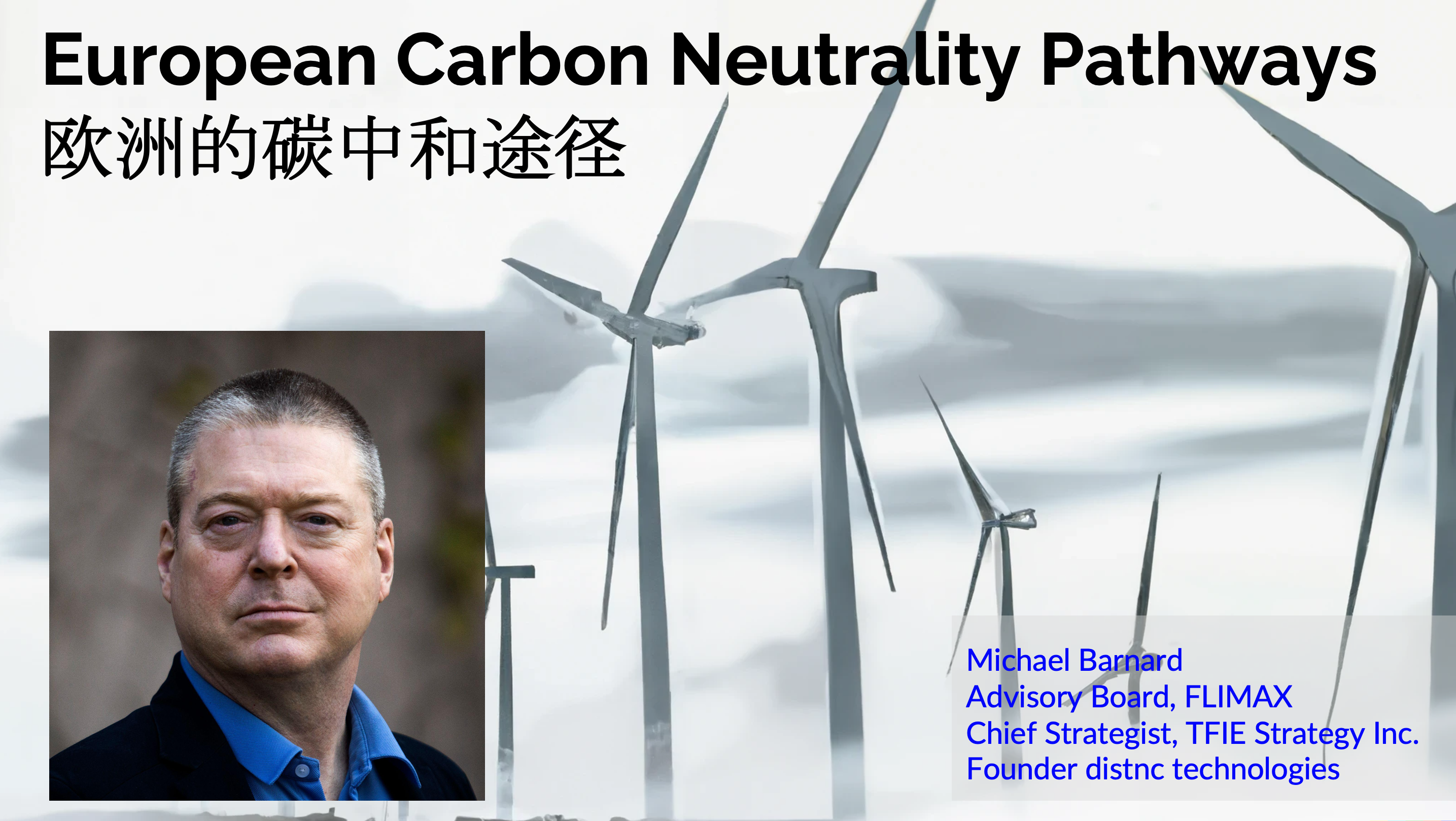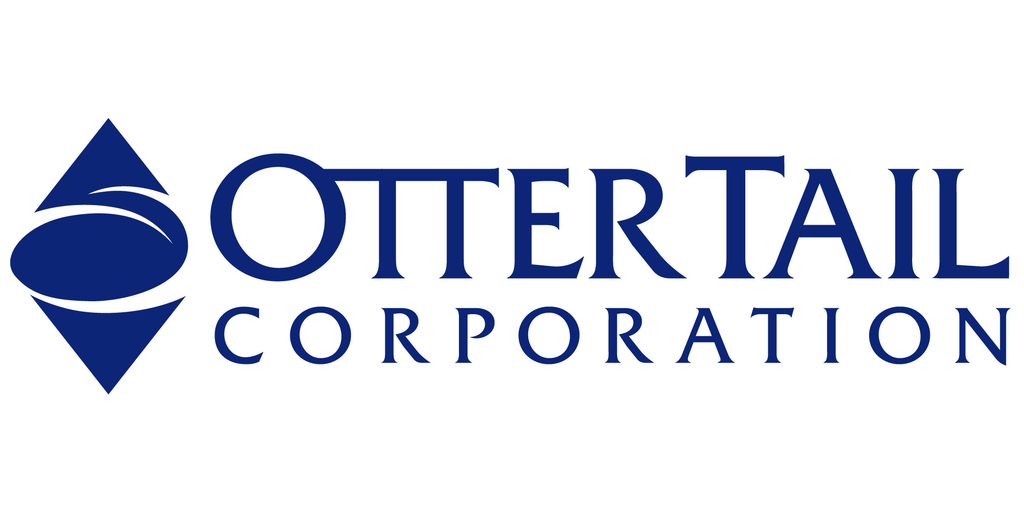
Recently the China Business Executives Academy, Dalian (CBEAD) asked me to present in its international lecture series. The questions asked by the assembled business leaders were revealing, and worth considering.
First, a bit about CBEAD. It’s a relatively new organization, founded in 2022 with the goal that “Chinese entrepreneurs should more develop global insight, global vision and global mindset, and analyze international landscape, game rules and future trajectory from both macro and micro perspectives.” That’s a laudable goal for all business people, with clear-eyed engagement with the world and its changing dynamics being an essential element of good business strategies.
I was personally delighted that the second lecture in the series was given by Martin Jacques, British scholar and former Senior Fellow at the Department of Politics and International Studies, Cambridge, and regular lecturer at Tsinghua and Fudan universities in China. His book, When China Rules the World, is one I’ve recommended many times, as have many others, of course. Perhaps one day I’ll achieve one degree of separation from Kishore Mahbubani, author of my most recommended book on China, Has China Won?
While my client base is international, with current and recent clients in Argentina, Denmark, Sweden, Malaysia, the United Kingdom, and (unusually) my native Canada, this was only my second discussion with a mainland China audience related to decarbonization. A few months ago I presented as part of the Tsinghua PBC School of Finance ESG lecture series on The Geopolitics of Decarbonization.

Title page of presentation on European Carbon Neutrality Pathways by author
The theme of my presentation, requested by the CBEAD moderator, Yukun (Stan) Shi, Associate Professor and Deputy Lead of Finance Research Cluster at the University of Glasgow, was European Carbon Neutrality Pathways. Chinese business executives are focused on engaging more effectively and productively in Europe, and see the decarbonization file as key.
My prepared remarks, covering two hours, included contextual remarks on Europe and climate change, its global leadership on the file since the 1990s, its strengthening climate action goals and actions, key decarbonization strategies including efficiency, renewables, the emissions trading scheme (ETS) and the carbon border adjustment mechanism (CBAM), and blockers to its efforts. The presentation covered key technical areas such as wind energy and hydrogen, and closed with a discussion of key points of similarity and differences between China and Europe related to climate change.
That last included key points of opportunity for stronger two-way engagement, including the opportunity for Chinese wind turbines in the European market given Siemens Gamesa’s current quality and profit challenges, the opportunity for Chinese-manufactured HVDC cables given the limited manufacturing of that core technology on the continent, the increasing opportunity for Chinese electric buses given that a third of European BEV buses are already Chinese manufactured in total or in large part, and finally, bringing Chinese clean critical minerals processing expertise to Europe to assist in their Green Deal’s industrial aspects. On that last point, China started cleaning up its minerals processing in 2010, and has made significant strides, so has applied expertise that is of value.
But it was the questions in the last 40 minutes that were most intriguing to me. The first was triggered by my opening slide, which was on the reality of global heating and humanity’s inadequate responses to our culpability and the emerging impacts. The slide included: “The world is on track for greater than 2.5° Celsius of heating.”
In paraphrase, the question was:
You said that we are on track for over 2.5° of heating. What is the basis of this? Surely it is too pessimistic? If this is true, Shanghai and many other places will be lost. How can China and the world ensure that we meet the 2° Celsius target?
The first question was not narrowly about business. It was not about specific trading opportunities. It was not about profit margins. It was not about markets. Many Chinese business executives are also focused on solving climate change as many western executives are, and are aware of climate change’s impacts.
My answer, of course was that not only are global national targets in aggregate inadequate to limit heating to 2°, but that in almost every case actual progress is not aligned with the targets. While Europe has the most stringent targets and best actions of any major economy in the world, even their targets and actual progress are inadequate and they are only one region. I referenced both the Paris and Kigali agreements, of course. I noted, a theme of the lecture, that China was the only scaled manufacturer of key materials and products required for western decarbonization, and that this positioned China well to assist the world with this global problem. My answer was less important, I think, than the question.
Another question was very interesting to me in that I had never considered it before. As a long-time colleague and technical executive in the global technology firm that took me around the world told me once, “You ask good questions.” I seek out good questions, hence my absurd Quora history. Good answers always start with good questions.
The question, paraphrased, was:
“Chinese civil engineering firms are hoping to engage in projects in Europe. What considerations should they keep in mind?”
As I said to the audience, never having considered the question before, my responses were from first principles and likely inadequate, but that I would attempt to provide some insight. Civil engineering firms, of course, are the ones which design and build major infrastructural projects like bridges, dams and railroads. They do big stuff. China’s firms have built and continue to build more massive megaprojects than the rest of the world combined, both within China and in dozens of other countries through the Belt & Road Initiative.
The first observation I made was to be aware that major infrastructure projects take a lot longer in Europe than in China. After all, the latter country built 40,000 kilometers of high-speed, electrified freight and passenger rail in the past 15 years, and as much offshore wind in 2022 as the rest of the world combined did in the previous five years. It is important for Chinese firms engaging in Europe to appreciate that variance in pace.
I’d dealt with in my prepared remarks the significant role that labor unions have in Europe, both with their advantages of a skilled, experienced and often retrained work force, but also in context of some conservatism in terms of the pace of the necessary transformation. But for this question, human resources were important to understand in a different way. Both Europe and China have an aging population, but there is a greater expectation of long hours of harder work in China. A path I suggested was to consider a personnel strategy that took advantage of the large number of eastern European and north African immigrants in Europe, many of whom are underemployed. Engaging in a training strategy to up skill that potential work force would be welcomed by Europe most likely and provide a pathway to sufficient resources for major infrastructure projects.
The last point I made was that while risks overlapped between civil engineering projects in Europe and China, they were not the same. I suggested that they engage Professor Bent Flyvbjerg, author of How Big Things Get Done, to assist them with their risk profiling. As I said to them, I know from my conversations with him around the book — which includes some of my data on the natural experiment of wind and solar vs nuclear scalability in China — that he would likely be delighted to engage, as there is a dearth of Chinese data available on the type of projects Flyvbjerg captures in his dataset of over 16,000 megaprojects.
In paraphrase, another question was:
How can the three major economic regions, North America, Europe and China, work together to better deal with climate change? And what can China do from its perspective?
Yes, there is a theme to these questions, but I should note that the dozens of executives in the training facility and attending virtually had self-selected to attend a lecture specific to decarbonization. While I would like to say that this was representative of the Chinese business community, I can’t make that claim. I was, nonetheless, pleased and consider it a positive indicator.
My response was general for the first half of the question. I noted that all three economies were signatory to both the Paris and Kigali agreements. I did note that while the USA had left both the Kyoto Protocol and the Paris Agreement when governments changed, Europe had been a strong, consistent and early signatory to both. I noted that the current strained relations between the United State and China were unfortunate and preventing better collaboration.
But the second half of the question was more interesting. Of course, I pointed out that China was doing an excellent job building and selling solar panels, wind turbines, and electric vehicles globally, and should do more of that.
Related to the Kigali Amendment, I pointed out that high global warming potential (GWP) refrigerants in heat pumps, refrigeration, and HVAC solutions remained a climate problem, and that China had the opportunity to proactively require all of its manufacturers to transition to low GWP refrigerants for all exports. While low GWP heat pumps are now available in Europe, they are few and far between in North America. China’s ability to deliver the volumes of especially heat pumps required for the western transition is unparalleled, and if it unilaterally made all of its exports climate friendly in that way, it would move the needle globally.
Next I told the audience that I’d recently assessed all energy projects in the Belt & Road Initiative (BRI). While China has committed to no longer building coal plants in the BRI, many coal and gas generation plants had been pre-approved and were in planning or under construction. The total TW of capacity for fossil fuel generation projects is still significantly higher than that for renewables projects. China has the opportunity with the BRI to assist developing nations to go directly to decarbonized energy, and if it made that commitment and followed it up with action would be a considerable force for climate good.

I closed my response with the observation that China had consistently underpromised and overdelivered on climate action, noting that it was on track to reach its 2030 wind and solar targets in 2025, for example. However, that leaves open the narrative which too many in the west use for their own climate inaction, that western countries’ efforts don’t matter as long as China continues to build new coal plants. I recommended them to lobby their governmental contacts to make firmer commitments to harder targets earlier. Taking a climate leadership role in that way would remove climate delay ammunition that’s too well stockpiled in the west at present.
There were other questions. One pertained to cement, asking what carbon price was necessary, what technologies did I think would prevail and what opportunities existed in Europe. Another was on how Chinese businesses could best align with Europe’s carbon border adjustment mechanism. Another dealt with the opportunities for Chinese electric vehicle automakers in global markets against existing competitors. All interesting, and all worthy of entire extended discussions by themselves.
The takeaway for me was that at least this group of executives cared about the planet and were looking to do their part, while of course taking advantage of the opportunities this massive transformation presented to them.
I don’t like paywalls. You don’t like paywalls. Who likes paywalls? Here at CleanTechnica, we implemented a limited paywall for a while, but it always felt wrong — and it was always tough to decide what we should put behind there. In theory, your most exclusive and best content goes behind a paywall. But then fewer people read it! We just don’t like paywalls, and so we’ve decided to ditch ours. Unfortunately, the media business is still a tough, cut-throat business with tiny margins. It’s a never-ending Olympic challenge to stay above water or even perhaps — gasp — grow. So …
Sign up for daily news updates from CleanTechnica on email. Or follow us on Google News!
Have a tip for CleanTechnica, want to advertise, or want to suggest a guest for our CleanTech Talk podcast? Contact us here.
Former Tesla Battery Expert Leading Lyten Into New Lithium-Sulfur Battery Era:
CleanTechnica uses affiliate links. See our policy here.




